Versatility in your waterfowl gear extends to your wader selection, too
“I’ll wear neoprenes until I croak.”
“You sure about that?” I asked my buddy, Ryan.
“Yep, I’ve been in them since the ‘90s; I know what I’m getting out of them.”
“So, a hole in the crotch in the first season…some patchwork in the offseason…the same hole leaking by week two of the second season and another hole sprung along the inside seam of your calf?” I continued.
“Yeah, that’s the pill I’ll swallow. They’re warm and I like being warm.”
“Touché, my friend. I’ll see if I can find any deals for you.” Ryan had asked if I had seen any sales—he knows I hawk the various waterfowl retailers, mostly for decoys, but I have a wandering eye for any other opportunities. “Can I make one suggestion for you?” I implored. “Before you buy anything today, you can borrow my breathables tomorrow during our hunt and I’ll just wear my hip waders—then you at least can see what the rage is all about.”
“10-4!”
The value of breathability
The hunt the next day was in a deluge, so my buddy refused to let me suffer in hip waders. After the hunt, though, he gave my breathable pair a try.
“WHOA…these are really lightweight and there’s zero restriction…My waders are sopping wet, not just from the holes in them but from sweating like crazy when we went to jump that last woodie in the bog—and that was just walking to the little pond! So, what’s the catch with these?” he asked.
If I’m being honest, there are two catches with breathable waders. For one, there is no buoyancy to them, so you don’t get extra flotation when you tip-toe in the decoy spread like you would in neoprenes. For another, they’re only as warm as you dress. If it’s 10 degrees out, you’re going to have to dress for it underneath—they don’t really count as a layer.
But on the flip side, you don’t experience the sweating that you do in neoprene waders. That particular day was 40 degrees and rainy, but it can also happen when it’s 20 degrees and snowing, if you’re hiking through thick cattails or rowing out to chase down a wounded bird that sailed. Where does all that sweat go? And once you start to cool off again, you could be in trouble. Unless you do jumping jacks in the blind, it won’t take long to freeze and make it difficult to keep your feet warm. With breathable waders, all that water vapor passes through the material to keep you dry.
Despite my explanation, Ryan was still a hard sell. As you might suspect, he’s one of those people that likes to use older things. If they break, he fixes them. If they break again, he jury-rigs them. That’s great in some cases, but sometimes newer technology is worth the investment.
Less ice, more mobility
A month later Ryan and I were out on a late season hunt, volunteering as able-bodies for disabled hunters. It was a bone-chilling 10 degrees. I was out in the water setting decoys while he was pitching them from shore. He questioned my sanity, knowing from experience that the waders would be frozen in place once I sat down, making it a chore to get out of the chair to shoot.
At shooting light, a group of four mallards whistled in. “TAKE ‘EM!” Ryan called.
In one swoop, I popped out of my chair, shouldered my shotgun, swung on a bird in my zone, and fired before he was even able to shoulder his gun. Getting your body in position to shoot before pulling the trigger is crucial to a shotgunner’s success—it starts with footwork and moves up through squared hips to shoulders and finally to cheek.
Most of those movements are done within the confines of waders; if you’re restricted in any way, you’re hampered. When hampered, a haphazard shot is the best you can make. There have been countless occasions during late season hunts that bluebills, green-winged teal, or goldeneyes will jettison through the spread, leaving a split second to crack off a clean shot. Most of those occasions were fraught with frustration because I was stuck in place due to frozen neoprene waders.
Ryan saw that with breathable waders, you just pop up and the ice breaks off with almost no restriction. He was beginning to see my point.
Versatility beyond the duck blind
I naturally found it opportune to go on a little fishing tangent. “You know, I sport these ice fishing, too; they’re a great wind block and there’s minimal ice buildup around the boots when punching holes. They make excellent rain gear in the spring for open-water fishing and are incredible to portage in if you make back country canoe trips in the Boundary Waters.”
A month later Ryan picked up a pair of breathable Orvis waders. I have no doubt he’ll still put his holey, old pair of neoprenes to use. . . probably to make a fitted cover for his shiny, silver Honda tiller, or perhaps lay it on the bottom of his layout boat for a little softer bottom to lay on. There’s no sense in trashing neoprene completely, right?
Neoprene clearly has its uses if you still have an old, holey pair. It’s just not suitable as an article of clothing for the duck blind. There’s something far more versatile and practical to suit up in. Though there’s no guarantee you’ll shoot as well as Doc Holiday in them, rest assured, they’ll be your huckleberry in just about any waterfowl or fishing application.
Last modified: August 24, 2020


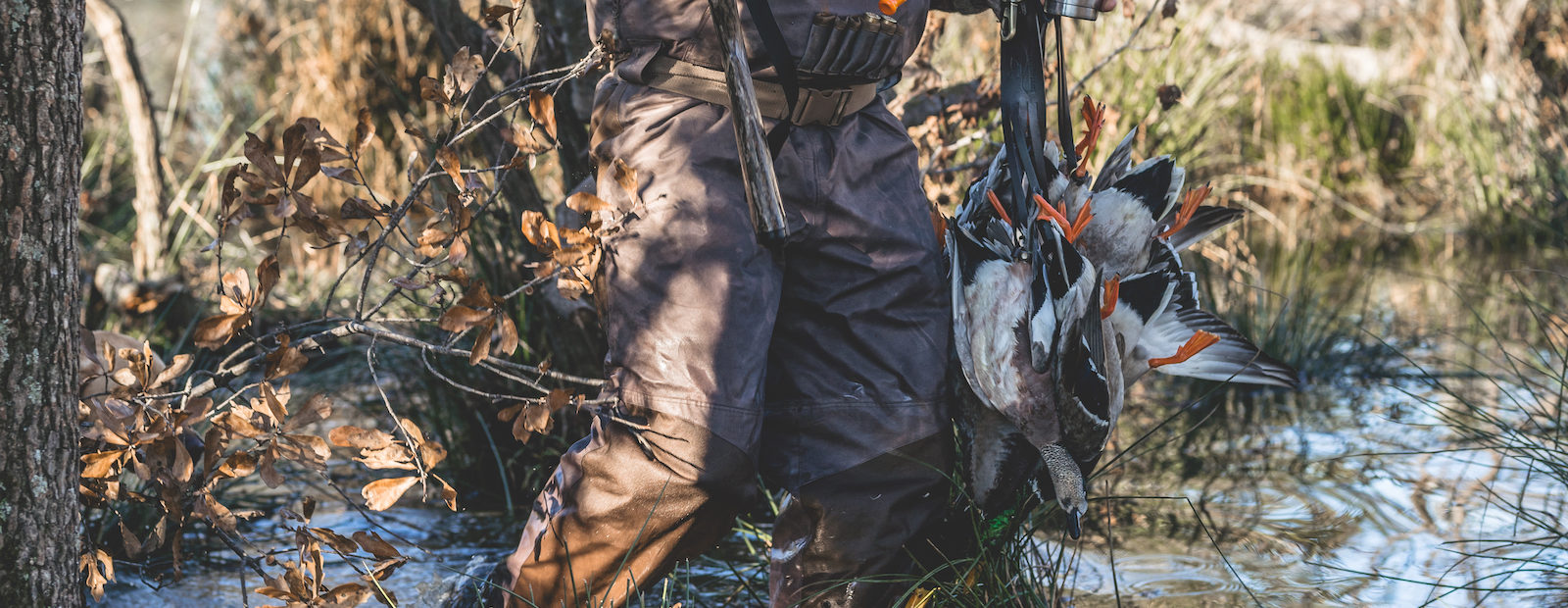
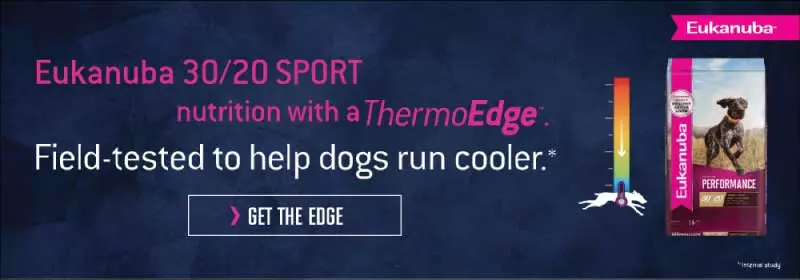
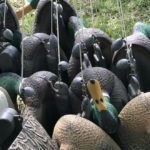
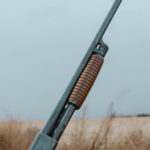

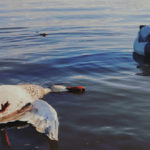
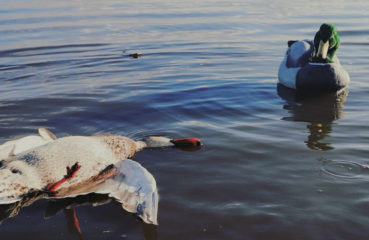
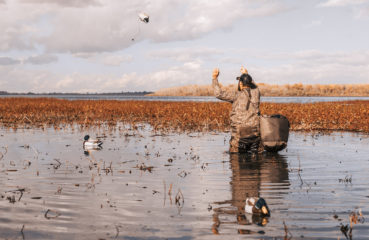
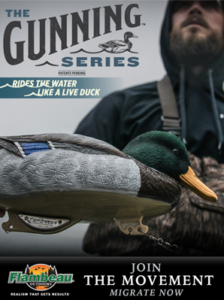

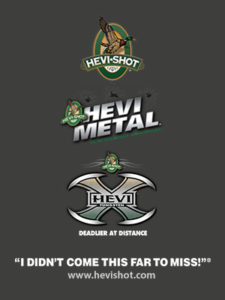
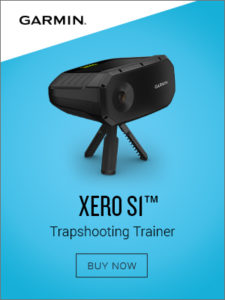
Enjoyed your comparison of neoprene and breathable waders! I hunt with a couple of guys that love their neoprene waders and swear they are sweating, when in fact theirs are leaking. I’ve never heard this mentioned when comparing the two,but I’m 72 and have lost my leg strength. Even the insulated breathable waders are lighter, warmer, more flexible, which makes it easier for me too drag my old caucus out and enjoy my passion!